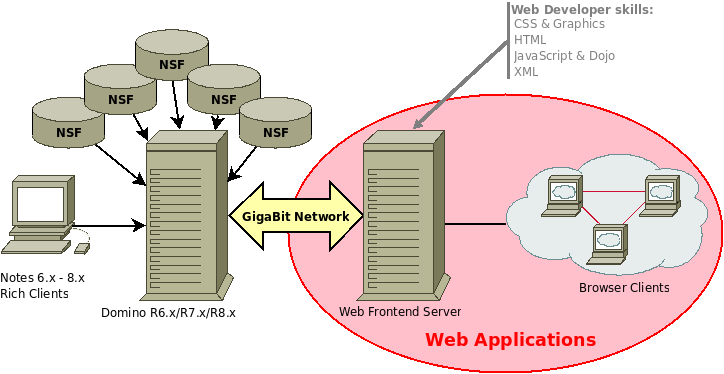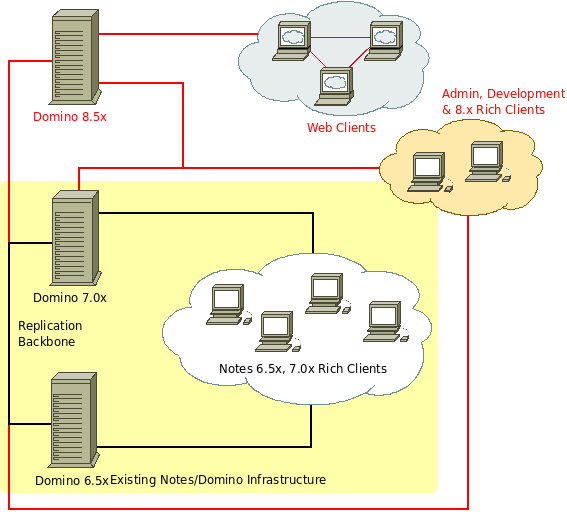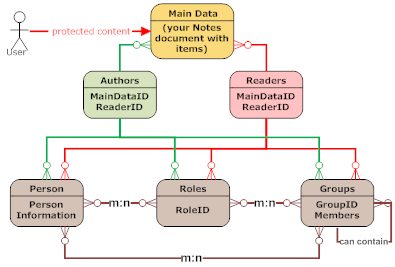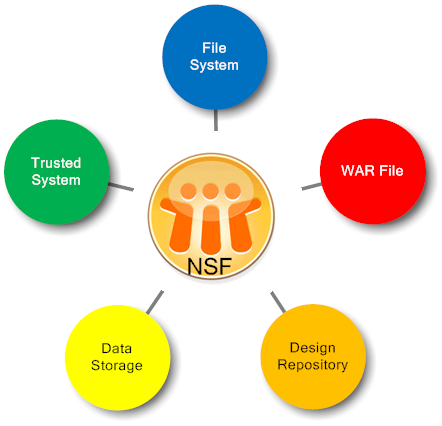Domino Web Development ZEN style
Did I mention that I have a second topic I've submitted for Lotusphere 2009? It is about web development ZEN style. ZEN style is when every stroke is meaningful, every line as a function and there is just enough code to fulfill a purpose. It takes quite some practice to get there, so as simple as it looks....
Vote!
Posted by Stephan H Wissel on 22 October 2008 | Comments (1) | categories: Lotusphere



